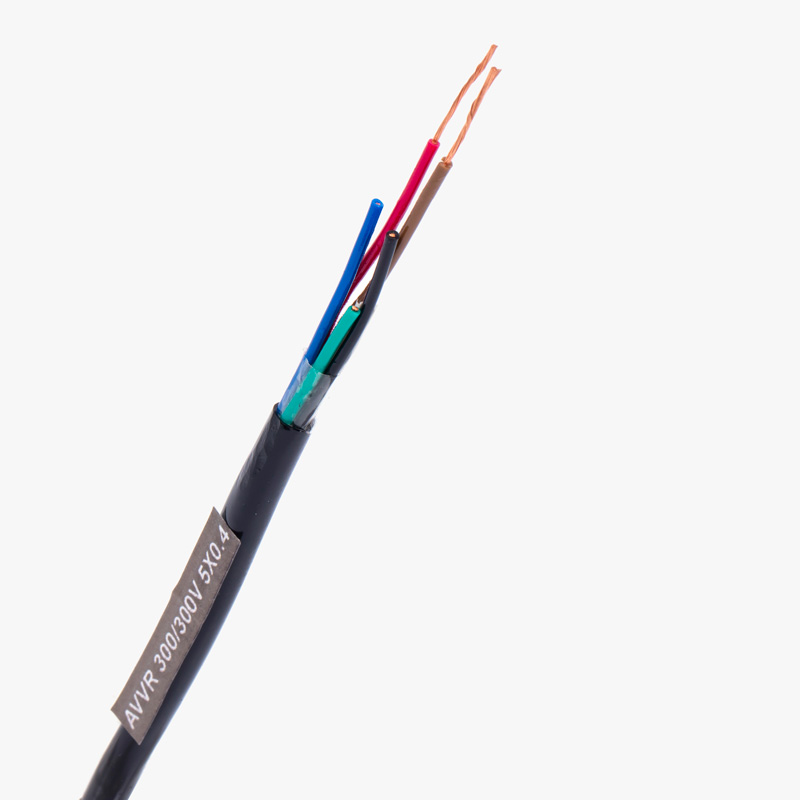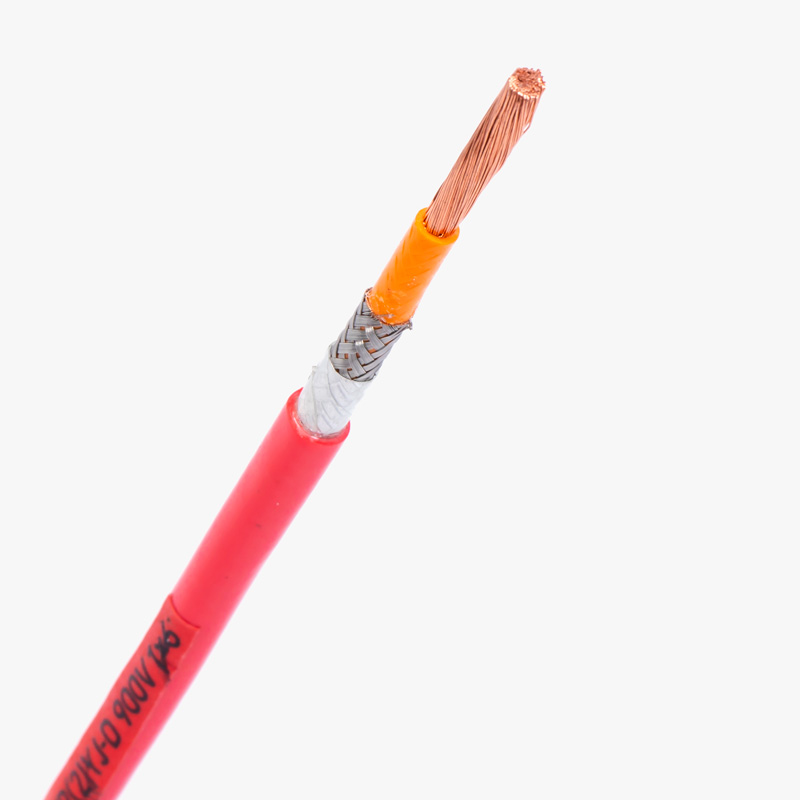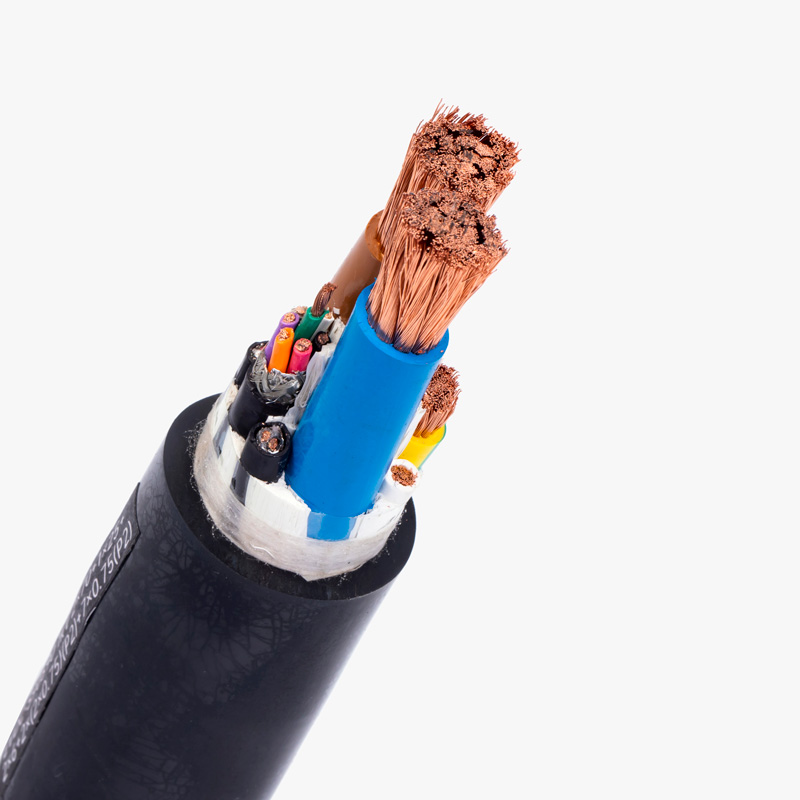Are Medium Voltage Cables Suitable for Underground Installation?
As a power engineering contractor, distributor, or wholesaler, you may often ask: are medium voltage cables (MV cables) the right choice for underground installation? Many projects in power distribution face challenges such as space limitations, weather exposure, and safety hazards when using overhead lines. These issues can lead to power losses, accidents, and costly maintenance. The ideal solution lies in using underground medium voltage cables, which offer higher safety, durability, and reliability. With over 30 years of experience, QRUNNING, a trusted manufacturer and supplier, provides customizable MV cables engineered to meet demanding installation environments and international standards.
Medium voltage cables are highly suitable for underground installation because they provide safe, reliable, and long-lasting power distribution performance, minimizing electrical losses, environmental impact, and maintenance costs.
To understand why MV cables are preferred for underground applications, let’s explore their advantages, installation requirements, and how they compare to overhead power systems.
Why Medium Voltage Cables are Ideal for Underground Use
Medium voltage cables, typically rated from 6kV to 35kV, are specifically designed to transmit power between substations, transformers, and industrial facilities. When installed underground, these cables offer several clear advantages over traditional overhead lines. Firstly, they provide enhanced protection from environmental factors such as wind, rain, UV exposure, and lightning. This ensures stable and continuous operation, particularly in densely populated or industrial areas.
Secondly, underground MV cables improve the aesthetics of urban environments and reduce the risk of electrical hazards caused by falling conductors or external interference. For infrastructure projects where safety and reliability are top priorities, underground cable systems minimize accident risks and contribute to a more sustainable power grid. As a professional cable manufacturer, QRUNNING offers customizable medium voltage cables using high-quality XLPE insulation and armored protection to ensure superior electrical and mechanical performance in demanding conditions.
Enhanced Durability and Longevity
MV cables designed for underground use are constructed with robust layers—such as copper or aluminum conductors, XLPE insulation, and steel tape or steel wire armor. These materials provide strong resistance to mechanical stress, corrosion, and moisture ingress. The result is a longer service life and fewer maintenance interventions compared to overhead lines. For contractors and utility providers, this translates into lower operational costs and improved system reliability.
Safety and Environmental Benefits
Underground MV cables also enhance electrical safety by eliminating exposure to live conductors and reducing the risk of outages due to severe weather or animal interference. Moreover, since underground systems are less visually intrusive, they support urban planning and environmental protection. QRUNNING’s MV cable solutions are designed with eco-friendly materials and comply with international safety standards, making them ideal for power grid modernization projects.
Key Considerations for Underground MV Cable Installation
Although medium voltage cables are well-suited for underground use, proper cable laying techniques and planning are essential for safe and efficient operation. Factors such as soil condition, ambient temperature, and route design all influence installation performance and lifespan. One critical consideration is thermal management—underground cables must dissipate heat effectively to prevent insulation aging and voltage drops.
Soil and Environment Factors
Before installation, engineers must assess soil resistivity and moisture content. Poor soil conditions can hinder heat dissipation, requiring the use of thermal backfill materials or ducts to maintain safe operating temperatures. QRUNNING provides customizable MV cable designs optimized for different environmental conditions, ensuring maximum reliability even in regions with extreme climates.
Mechanical Protection and Laying Techniques
Proper mechanical protection is vital. Depending on the project, cables may require steel wire armor or steel tape armor to prevent damage from external pressure or sharp objects during cable laying. Cables should be buried at an appropriate depth and marked clearly to prevent accidental excavation damage. QRUNNING, as a reliable supplier and manufacturer, also provides guidance and accessories for safe and standardized installation practices.
Testing and Maintenance
After installation, MV cables undergo insulation resistance and partial discharge testing to ensure performance integrity. While underground systems require minimal maintenance, periodic monitoring helps detect potential issues early. QRUNNING’s cables are tested under strict quality control standards, guaranteeing dependable operation and compliance with IEC and BS specifications.
Comparison: Underground vs. Overhead MV Lines
When comparing underground MV cables with overhead lines, the primary differences lie in safety, cost, and reliability. Overhead lines are cheaper to install initially but are more vulnerable to weather conditions, mechanical failures, and external interference. In contrast, underground systems involve higher upfront costs but offer superior reliability and lower long-term maintenance.
Performance and Reliability
Underground MV cables maintain stable power delivery even in harsh climates, eliminating outages caused by storms or high winds. This reliability is particularly valuable in urban and industrial environments, where power continuity is critical. Additionally, underground systems reduce electromagnetic interference, improving the performance of nearby communication lines and sensitive equipment.
Cost and Maintenance Comparison
Although underground installation requires higher initial investment for trenching, protection, and cable laying, it significantly lowers lifetime costs through reduced maintenance, fewer repairs, and extended operational life. Overhead systems, by contrast, often face recurring costs due to line damage, pole replacements, and routine inspections. Therefore, for long-term infrastructure planning, underground medium voltage cable systems represent a cost-effective and future-ready choice.
Summary
In conclusion, medium voltage cables are highly suitable for underground installation, providing enhanced safety, durability, and reliability. As a trusted wholesaler, manufacturer, and supplier, QRUNNING offers customizable MV cable solutions to meet diverse power distribution needs worldwide.




